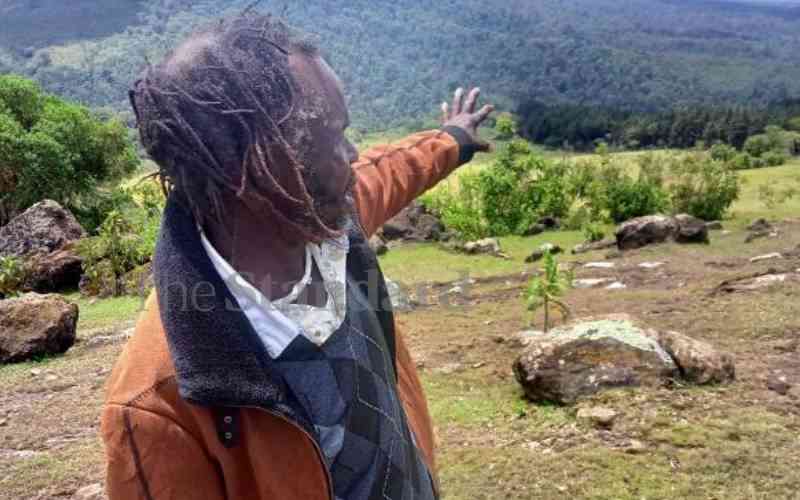×
The Standard e-Paper
Stay Informed, Even Offline

One must be cautious when interacting with a noisy hornbill perched in a tree among the Ogiek community, for your reaction will determine future relations with fellow clansmen.
Harming or killing this bird conveys a negative message to the Kaabchesuuben, one of the 32 Ogiek sub-clans found within the Mau and Mount Elgon forests.